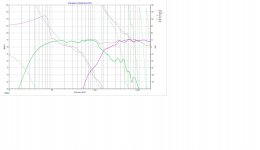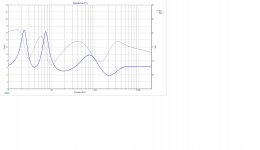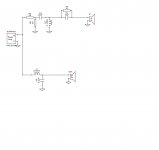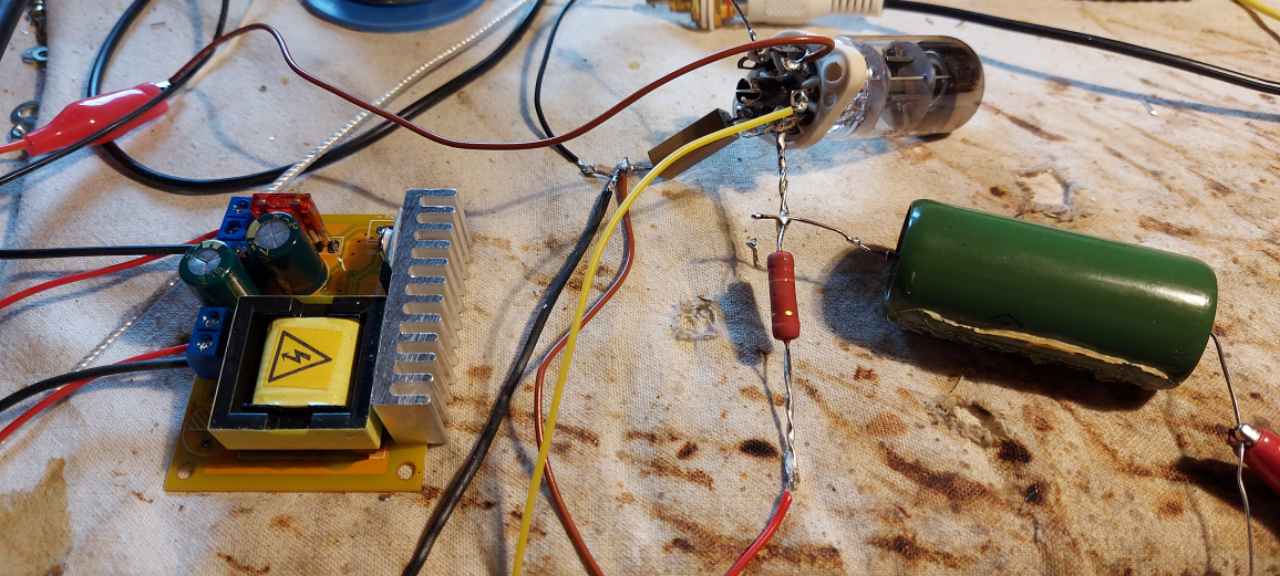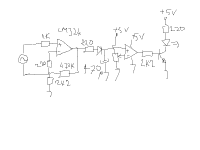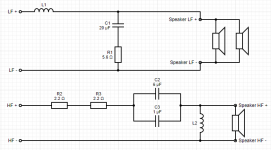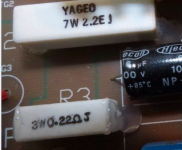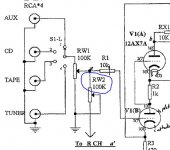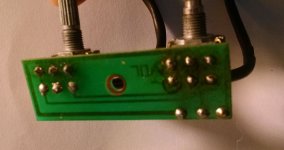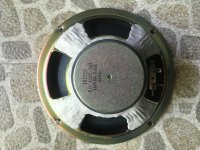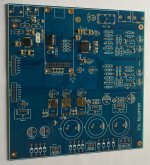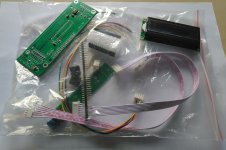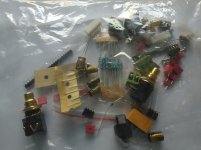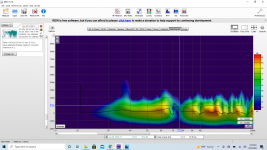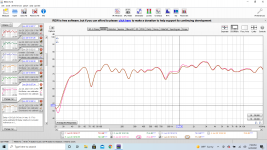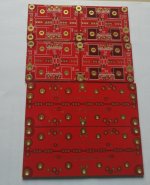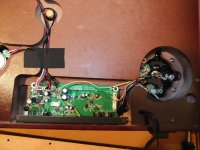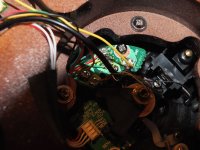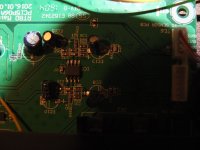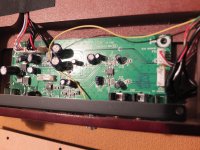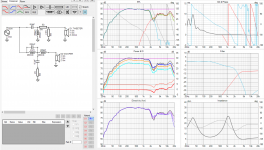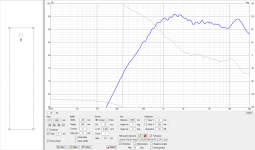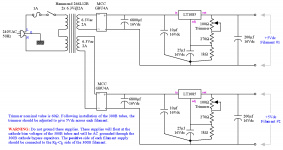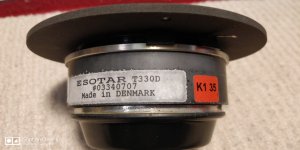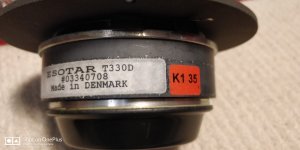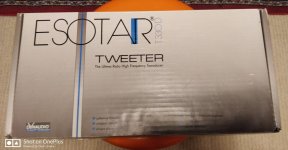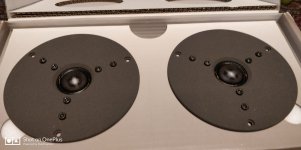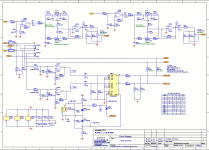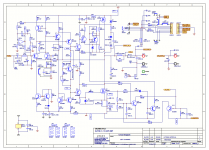Seems Im going through a 100 watt phase.
Really enjoy simple to some what complicated designs in the 100 watt @4ohm
power level. Or basically class AB with 35 to 38 volt rails
Also really enjoy lately the performance in simulation
of Fairchild 2SA1381 / 2SC3503 Transistors
Sold as KSA1381TSU and KSC3503DSTU
manufactured by On Semi through the usual distributors
This whole design started as a comical joke to myself.
Since these transistors seem to have good linearity
and high fT around 150 MHz.
I thought to myself ...
what if I just made a whole amplifier with just these transistors.
Would almost seem odd making a
Input stage, Vas and driver stage all with the same transistor.
Also since its a TO-126 package
Well it actually started not sounding too crazy
since I like using current mirrors and current mirrors as current sources.
Ideal with board design it would be nice to thermally bond
the current sources, current mirrors and differential stage transistors.
So with a T0-126 package it would be rather easy
to mount them back to back.
And could be held together easily for what would seem
a pretty easy way of thermally bonding a transistor pair.
So be it. I decided to put together a Model in Tina TI
and see what a hysterical failure a all T0-126 amplifier could be.
Aside of course output devices be typical 247 or 264 packages for high current.
Im using MJL3281 / 1302 T0-264 packages for output devices
So I put together a basic design, which actually went rather well.
And with pretty standard capacitor values and minimal resistor count.
Got a sinewave to appear
🙄 LOL.
So I tapped the Fourier Analysis function in Tina TI
and it seems as if my Comical Idea is not much of a joke.
With 1 volt RMS input for full clean power at 8 ohms.
1 kHz harmonic distortion seemed to be .005 %
🙂
If I lower the compensation capacitor values a little bit, and remove stability network
on the output I can get it down to .002 % @ 1kHz
But in real life I will likely stick to higher values for stability.
Using values shown in posted schematic/ screen shot of the TINA TI model
with the usual output stability networks
Frequency response seemed pretty good
Gain is set to around 29 dB so -3 dB response is around
1.8 Hz to 771 kHz
Phase in audio band around 6 deg @ 20 Hz and -1.59 deg @ 20 kHz
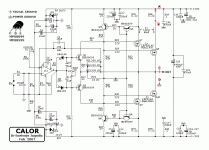
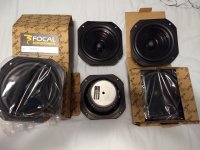
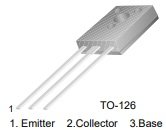

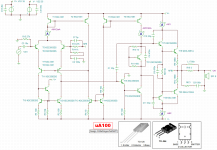
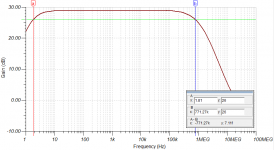
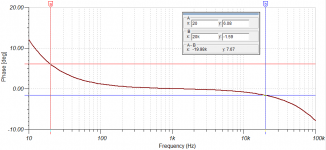
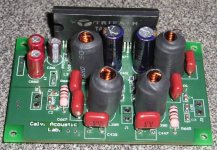
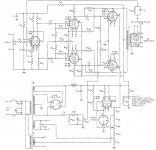
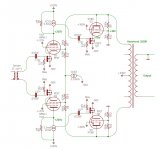
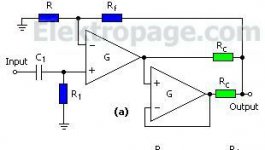
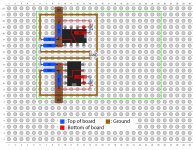
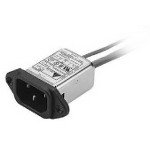
 I am from the UK. I'm about to replace the laser on my Marantz CD 63 MK 11 Signature so I shall be seeking some advice.
I am from the UK. I'm about to replace the laser on my Marantz CD 63 MK 11 Signature so I shall be seeking some advice.